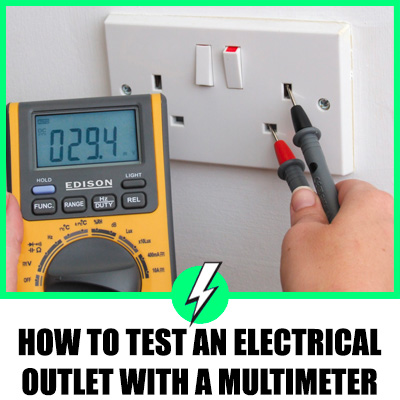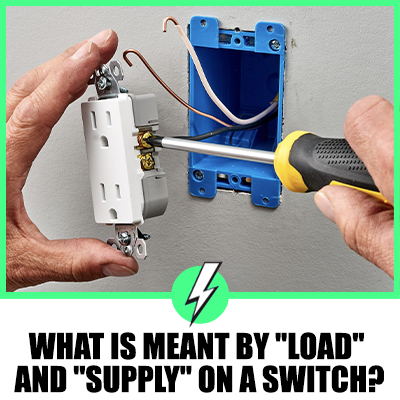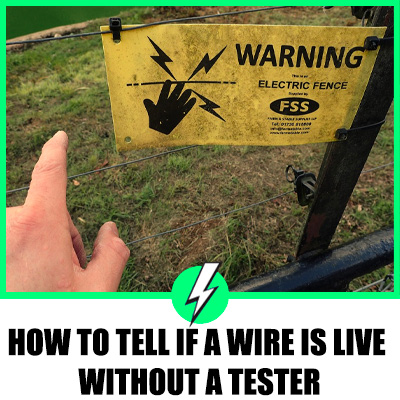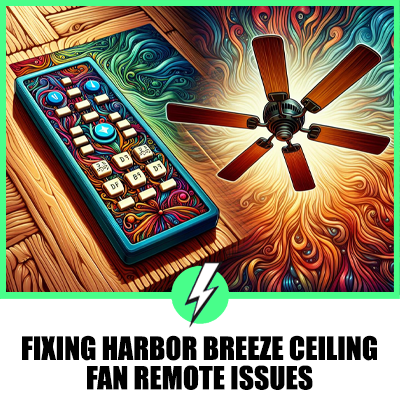The Comprehensive Guide to Joining Two Coaxial Cables
Coaxial cables, often referred to as coax cables, are a staple in most households today. They play a crucial role in transmitting signals for television, radio, and in some cases, internet connectivity.
Their ability to transfer signals seamlessly while being grounded makes them a reliable choice for these purposes.
However, there are times when a coax cable might break or isn’t long enough to meet your needs. In such cases, you don’t necessarily need to purchase a new, longer cable. Instead, you can join two coax cables together. This method is not only cost-effective but also straightforward and quick to implement.
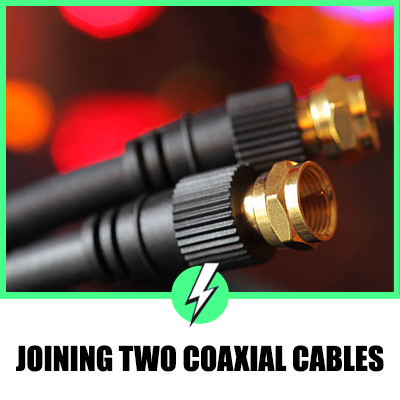
Contents
Understanding the Basics of Coaxial Cables
Coaxial cables are designed to carry signals over significant distances with minimal signal loss. They consist of an inner conductor surrounded by a tubular insulating layer, a metal shield, and an outer layer of insulation.
The cost of these cables can vary based on several factors, including their length. Therefore, if you need a longer cable, joining two shorter cables can be a more economical solution.
Quick Method to Join Two Coaxial Cables
If you’re looking for a quick and easy solution, you can use a coaxial coupler to join two cables. Here’s a brief step-by-step guide:
- Purchase a coaxial coupler.
- Connect the first coax cable to one end of the coupler.
- Connect the second coax cable to the other end of the coupler.
And voila, you’ve successfully joined two coaxial cables!
Detailed Method to Join Two Coaxial Cables
For those who prefer a more hands-on approach, you can join two cables using a coupler, two F plugs, a cable stripping tool, and a cutting tool. Here’s a detailed step-by-step guide:
Gathering the Necessary Tools
Before you begin, make sure you have all the necessary tools at hand. This includes a coax stripping tool (or a utility knife), a cutting tool, a coupler, and two F plugs.
Preparing the Coaxial Cables
- Start by using the coax stripping tool or a utility knife to cut only the outer layer of the coax cable, approximately 12 mm from the tip. Be careful not to cut any deeper than the outer layer.
- Once you’ve cut the outer layer, remove it to expose the wire braid. Fold this braid backwards.
- If you’re working with a double screen cable, you’ll also need to cut the cable screen to expose the dielectric material.
- Carefully cut the dielectric material, leaving about 3mm of insulation.
Attaching the F Plugs
- Take one F plug and screw it onto the top of the folded braid.
- Twist the plug carefully but firmly to ensure the dielectric is properly in place.
- At this point, you should see about 2 mm of the conductor protruding from the end of the plug. If there’s more than 2 mm, use the cutting tool to trim it.
- Repeat these steps with the second coax cable.
Joining the Cables
- Now, take the coupler and connect it to both ends of the cables.
- Tighten the coupler securely in place.
Important Note
Not following these steps correctly may result in poor signal strength and significant signal loss. If you’re unsure about the process, it’s best to seek professional help. However, with a little practice, you should be able to master this technique in a few tries. It’s a handy skill to have, given the ubiquity of coax cables.
Need More Help?
If you’re still uncertain or need more assistance, don’t hesitate to reach out for help. You can leave a comment or write to us, and we’ll get back to you as soon as possible. Remember, it’s always better to ask for help than to risk damaging your cables or experiencing poor signal quality.
Conclusion
Coaxial cables are an integral part of our daily lives, enabling us to enjoy television, radio, and internet services. Knowing how to join two coaxial cables is a useful skill that can save you time and money.
Whether you choose the quick method using a coaxial coupler or the detailed method involving F plugs and a stripping tool, the process is relatively straightforward.
With a little practice, you’ll be able to extend your coax cables whenever you need to, ensuring you always have the best signal quality possible.
Happy cabling!
